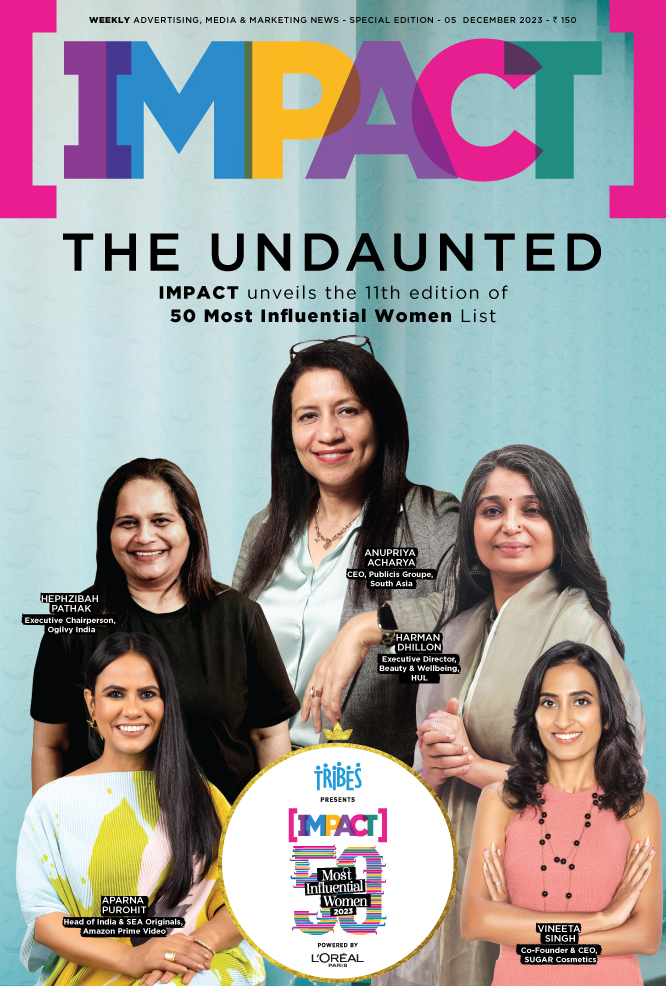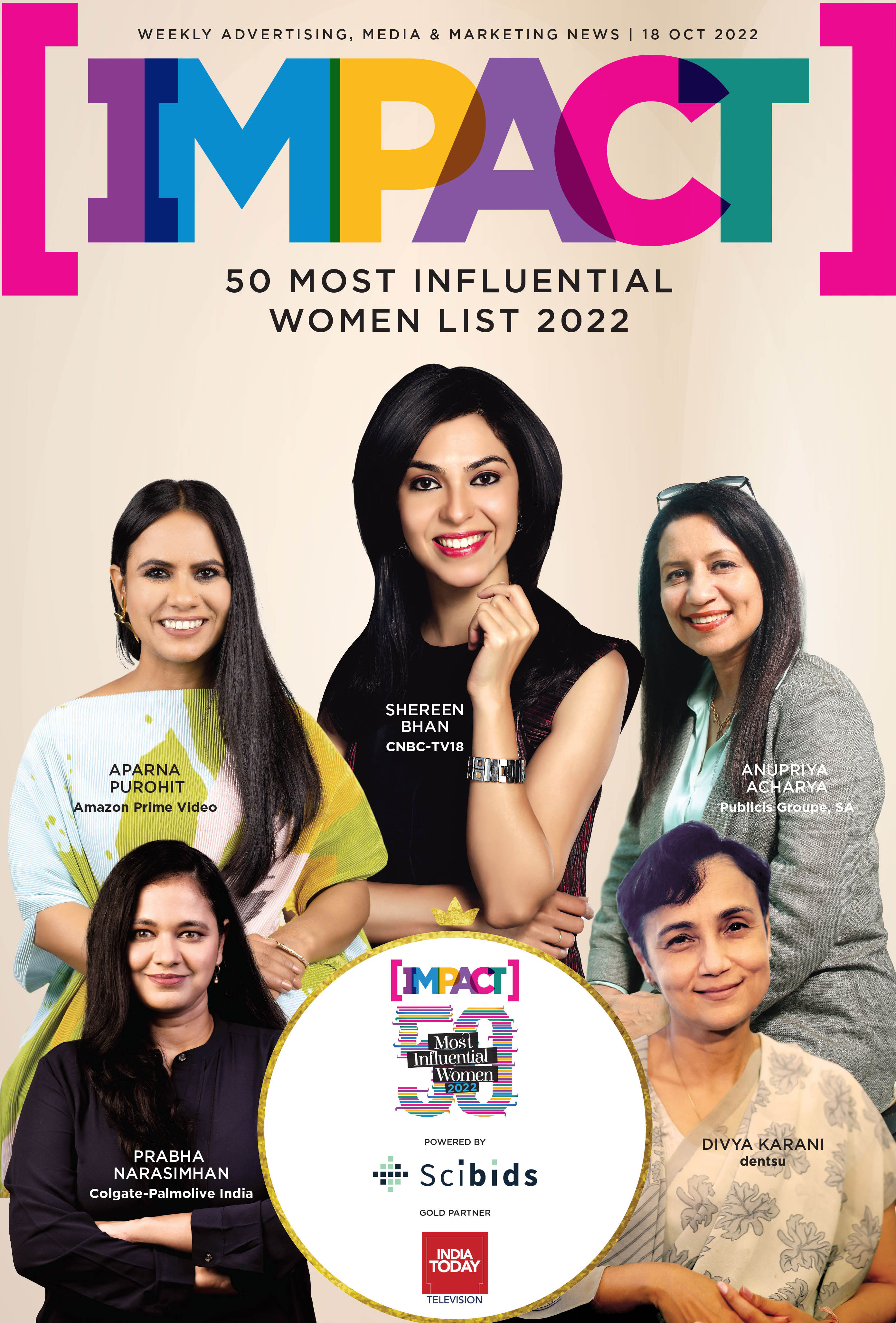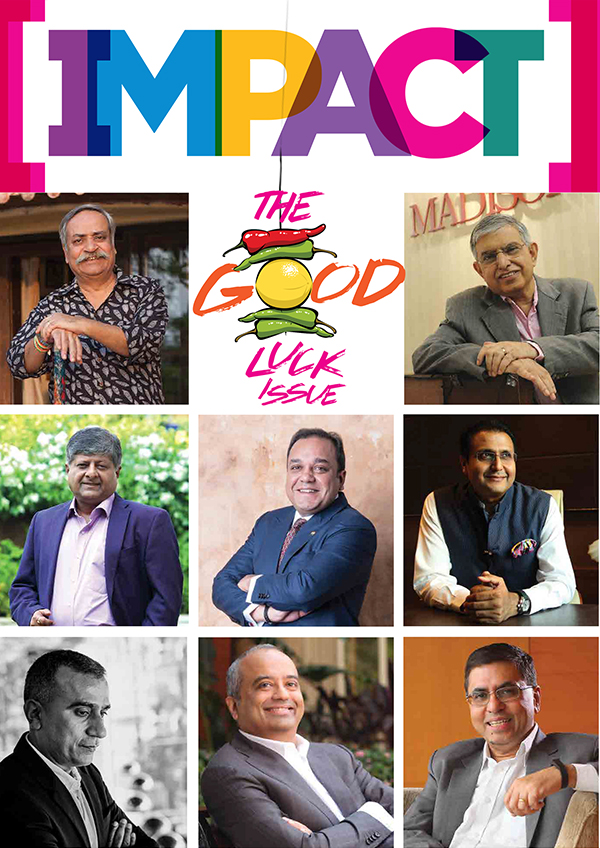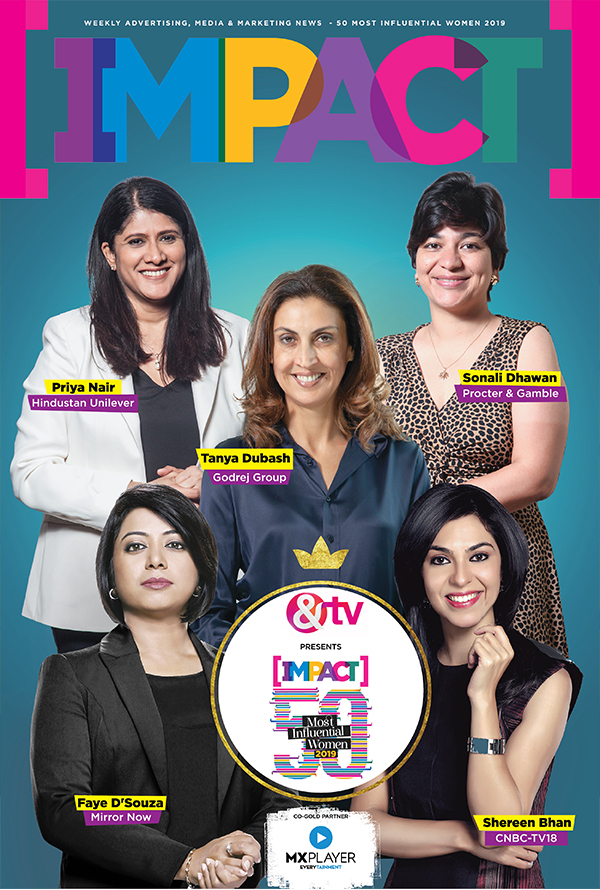India’s mapping and navigation ecosystem has long been dominated by global giants, with Google Maps occupying a near-ubiquitous position on smartphones, in cars, and across digital services. Yet, in the last decade, a homegrown alternative has been steadily emerging—Mappls, the consumer-facing navigation arm of MapMyIndia. Launched to bring localised intelligence and Swadeshi technology to Indian users, Mappls has evolved from a niche B2B mapping provider into a platform aiming to cater to both enterprise and consumer needs.
Founded in 1995, MapMyIndia built its reputation on digital maps and location intelligence long before smartphones became the default navigation device in India. Initially catering to enterprise clients in logistics, automotive, and government sectors, the company gradually recognized the potential of a consumer-facing navigation solution tailored to India’s unique road conditions, addressing challenges such as unstructured addressing systems, evolving infrastructure, and limited connectivity in rural areas.
Fast forward to 2025, and Mappls is positioning itself as a credible alternative to Google Maps, riding on the combination of homegrown innovation, government support, and strategic partnerships. The app now boasts 35 million downloads, ranks #2 on iOS navigation charts, and maintains a ₹918 crore B2B order book growing at 31 percent, indicators of not just visibility, but validation. Government backing, including endorsements from Union IT Minister Ashwini Vaishnaw, has helped reinforce Mappls’ credibility, particularly among enterprise users and public sector projects, while boosting public awareness of homegrown navigation solutions.
Rakesh Verma, Co-Founder and Chairman & Managing Director, MapmyIndia Mappls talking to IMPACT says, “MapmyIndia Mappls been at the forefront of introducing cutting edge, world class location tech in India. All the technology and solutions developed and marketed by us are 100% Swadeshi – Made in India for the World. Our strong revenue growth for the past many years, and especially since the IPO is a testimony to the company’s success in developing a sustainable and scalable business model around Geospatial tech that has stood the test of time.”
He adds, “We are already the leader in B2B and B2B2C segments across industries. We command more than 80% market share in the OEM fitted navigation, in India’s automotive segment, amongst both Indian as well as the MNC OEMs operating in India. The recent endorsement by the Hon’ble Union Minister for Railways Mr. Ashwini Vaishnav has given an added impetus to our growth engine.” Further, he thanked the Union Minister for the declaration of MoU between Indian Railways and MapmyIndia Mappls, in the near future. He also expressed his gratitude towards Indian Prime Minister Narendra Modi for his vision to build an Aatmanirbhar Bharat, and recognising how critical Geospatial and Location tech are for its realisation.
Innovations Tailored for India
Mappls has introduced several features that reflect the realities of Indian roads. Real-time traffic signal data, 3D junction views, safety alerts for potholes, speed breakers, and sharp turns, as well as offline navigation and DIGIPIN integration via India Post, make it highly contextual for Indian commuters. Ronita Mitra, Senior Business & Marketing Professional, emphasises, “Its integration with India Post’s DigiPin and ISRO’s satellite data gives it an edge in location accuracy at a granular level, something global maps have struggled with in rural and semi-urban India. What makes this even more relevant is how Mappls is consciously solving India-specific pain points—whether it’s navigating through uneven terrains, unmarked roads, or areas with poor network coverage. These localised innovations show an understanding of India’s real-world challenges that goes beyond technology—it’s about empathy for how people actually move and live.”
These features are particularly relevant in enterprise use-cases, such as logistics, last-mile delivery, and fleet management. Automakers embedding Mappls’ data into vehicles and government projects using it for institutional purposes have created a layer of operational dependency. Sumit Kapoor, Fractional Brand Growth Consultant, observes, “The true competitive strength lies in B2B contracts. When logistics, automotive, and delivery companies rely on Mappls data, operational dependency and switching costs rise, ensuring defensibility.”
Despite these innovations, some experts caution that winning the consumer segment is a steep challenge. Karthik Srinivasan, Communication Strategy Specialist, draws a parallel with other Indian tech initiatives, “Mappls has a trajectory similar to Zoho's Arattai. Unless the app can categorically prove to be more useful than its rival (Google Maps), it won't have any chance in making a meaningful dent in the Indian market.” He adds that a government mandate to boost adoption, while theoretically possible, is unlikely to materialise for a mapping app.
The Google Maps Challenge
One of the biggest hurdles for Mappls is entrenched user habits. For over fifteen years, Google Maps has become the reflexive default for navigation across India. Rohan Chincholi, Chief Digital Officer, Havas Media India, explains, “Google Maps remains the default, preinstalled, and deeply integrated navigation app for most Indian smartphone users, giving it a commanding lead in absolute monthly active users. Consumers today seek a seamless and connected ecosystem, and Google fits that bill perfectly.”
Sajin Nair, Associate VP, Innominds, echoes this perspective, noting that Google Maps’ familiarity, traffic prediction accuracy, and integrated ecosystem make it the go-to option for daily navigation. “Habits matter — everyone’s already on Google Maps, and it’s integrated into phones, rides, and food apps. Unless Mappls becomes a default option on new devices or cars, it will stay a niche choice. Mappls feels like a solid backup, not a replacement yet,” he says.
Yet, experts agree that Mappls’ strength lies in its contextual intelligence. Chincholi highlights that Mappls could find traction across sectors where precision mapping is critical, such as logistics, government, and last-mile navigation. “Achieving large-scale consumer adoption will depend on multiple interconnected factors: a compelling privacy narrative, deep ecosystem integrations, responsive consumer feedback loops, frictionless UI/UX, and robust collaboration with public services. Ultimately, the real verdict will lie in its 1/7/30-day retention rates, which continues to be a clear indicator of whether users are merely trying Mappls or truly trusting it. In the navigation race, winning the map is about staying on the route,” he says.
Swadeshi Positioning and Market Potential
Mappls’ Swadeshi credentials: data storage in India, satellite integration with ISRO, and DigiPin standardization align with the broader push for digital self-reliance. Ronita believes these aspects position Mappls not merely as a substitute but as part of India’s growing ecosystem of indigenous digital platforms. “Mappls represents India’s growing confidence in building indigenous digital platforms, much like how Zoho has emerged as a credible alternative to global office suites,” she says.
However, Kapoor cautions that nationalist sentiment alone will not drive adoption. “Utility, not nationalist sentiment, drives lasting adoption. Mappls wins when it solves India’s actual navigation friction points—lane confusion, last-mile addressing, and unreliable pins where development is rapid.” He emphasizes that integration into EV dashboards, delivery platforms, and mobility apps is essential for habit formation: “Habit forms through everyday, friction-free use.”
Partnerships and Enterprise Growth
Strategic partnerships have strengthened Mappls’ position in the Indian market. Mahindra & Mahindra and India Post are among the notable collaborations. Enterprise adoption is no longer experimental; renewals indicate reliance. Kapoor notes that these B2B contracts not only generate revenue but also serve as a barrier to competition, creating operational dependency that is hard to replicate.
Srinivasan observes that Mappls’ innovations, specifically tied to Indian routes and roads, may help it carve a niche over Google Maps if the features are tangible enough. “I recall reading that Mappls now shows real-time traffic signal data, and at least to see how this works in practice, I have installed the app. If it proves to be tangibly better and more useful than Google Maps, I'd like to use it as my default maps app,” he says.
Consumer Adoption: A Gradual Process
While enterprise adoption shows strong traction, converting casual users remains challenging. Kapoor explains that urban consumers often default to Google Maps, while tier-2 cities and delivery professionals are more receptive to Mappls due to hyperlocal mapping benefits. He further adds that “downloads measure curiosity, but daily usage reveals actual value. 'Made in India' sentiment accelerated discovery, yet sustained loyalty hinges on performance. The real gap lies not between existing and competing, but between competing and dominating—a threshold Mappls must now cross.
Chincholi highlights that global parallels, such as Citymapper in the UK or OneMap in Singapore, demonstrate that users are willing to switch apps when innovations add real value. Mappls’ locally relevant intelligence, granular addressing, and government-backed integrations give it an edge in areas where global players cannot easily access or update data.
The Road Ahead
Mappls’ journey is emblematic of the challenges faced by homegrown tech in India, balancing innovation, user habits, and commercial sustainability. According to Kapoor, the goal is not to replace Google Maps entirely but to become the backbone of India’s navigation ecosystem, a trusted and indispensable layer embedded in everyday mobility.
In sum, Mappls has passed the viability threshold, with validated enterprise traction, loyal consumer segments, and strong retention among demanding users. The next phase will hinge on deepening habitual use in winning segments, scaling thoughtfully, and demonstrating commercial and operational credibility. While Google Maps remains dominant, Mappls is steadily building a parallel, contextually intelligent navigation ecosystem tailored to India’s unique roads, urban-rural divide, and evolving mobility infrastructure, a quietly ambitious contender in a field long dominated by global incumbents.



























